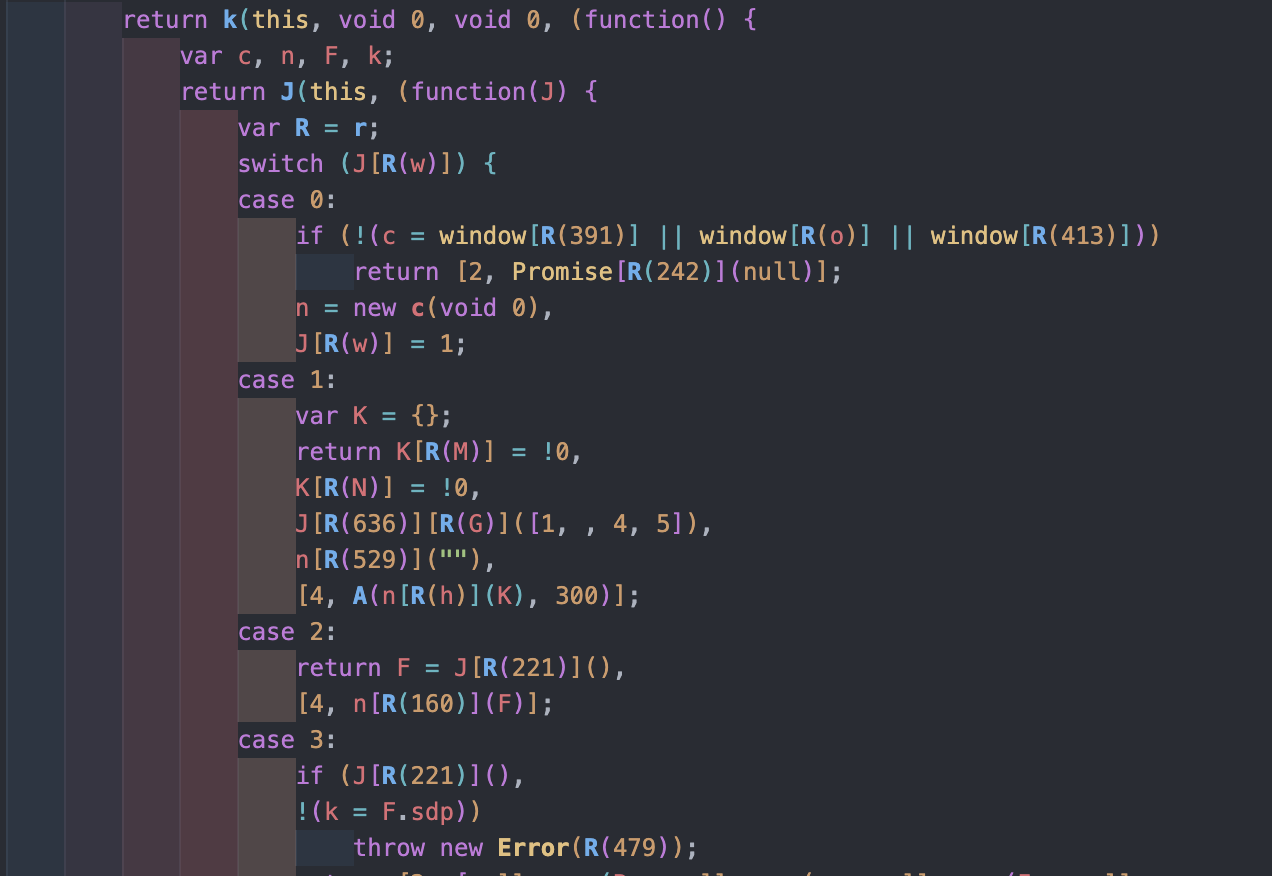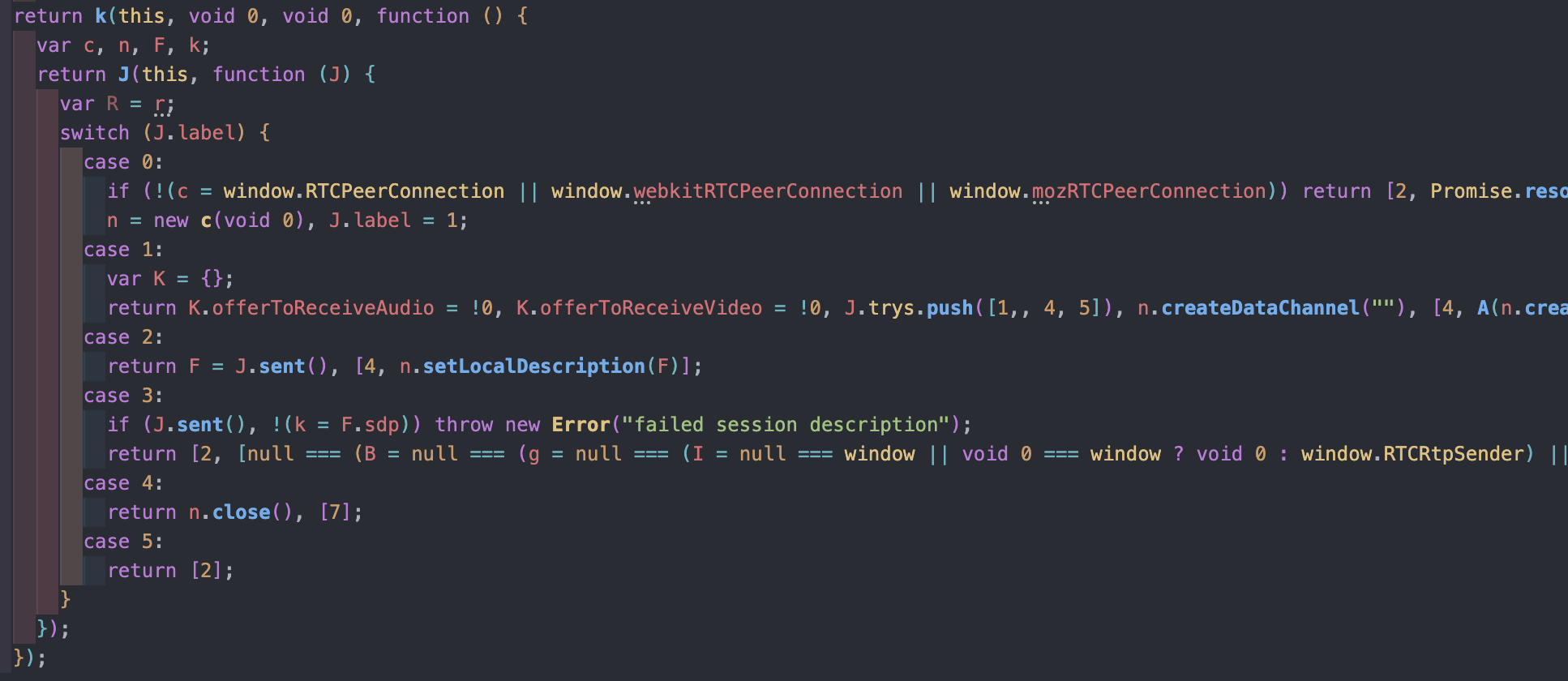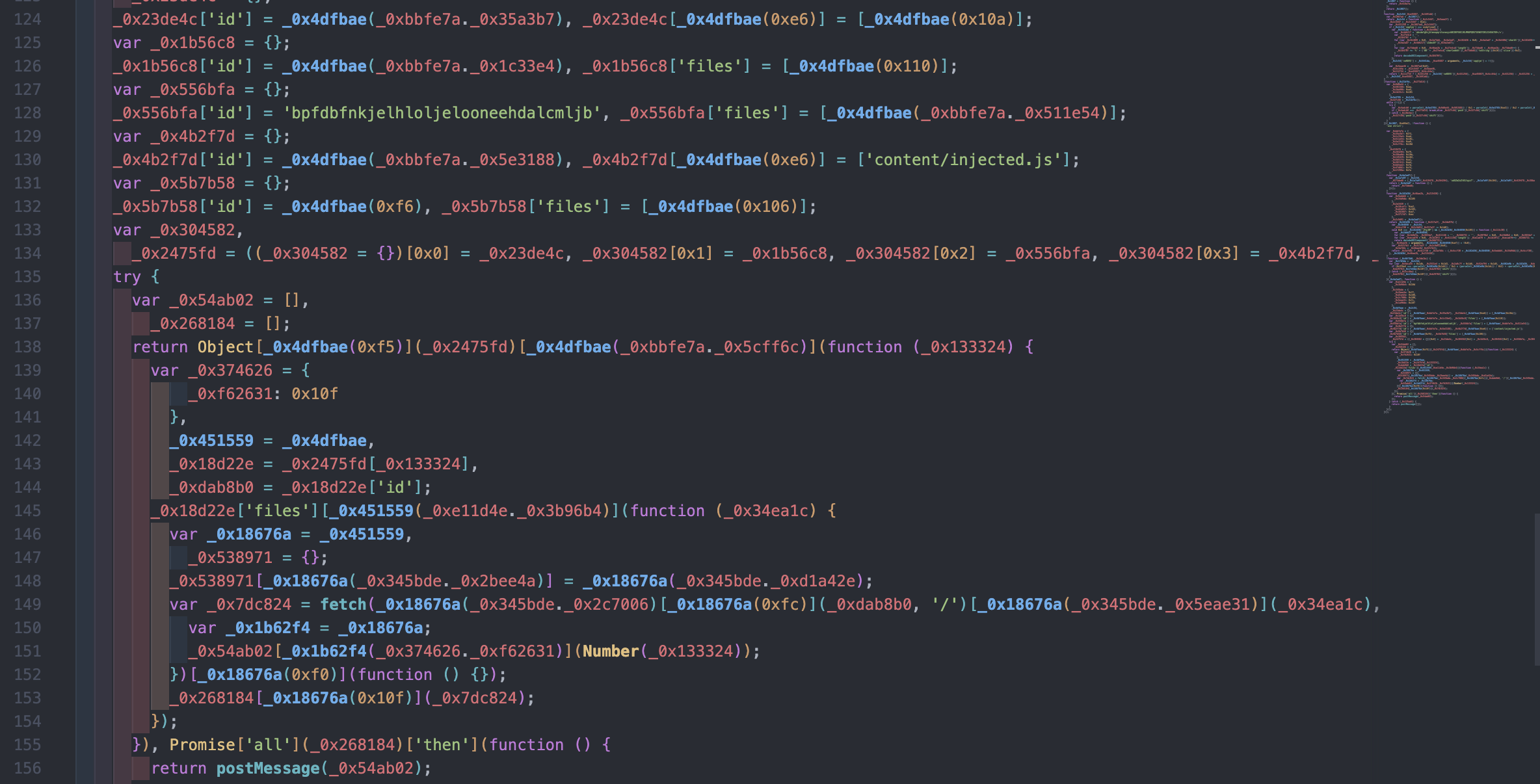Welcome to the hCaptcha hsv Deobfuscator project! This is a Node.js project utilizing Babel AST to fully deobfuscate the hsv hCaptcha file.
Remember, this is a deobfuscator, not a solver. This project is intended to help you understand how the hCaptcha script works, not to solve captchas for you, have fun studying the code and learning how it works.
This is a quick project I've done in couple of hours, so it's not perfect, have fun improving it. Star the repo if you like it, it helps me a lot.
In brief, the hsv script performs calculations using WebAssembly (WASM) if supported by the browser, or native JavaScript otherwise.
These calculations are vital for computing the solution based on the captcha's input and various other variables.
Additionally, the script retrieves browser details and loads three different workers.
These workers are embedded within the hsv.js file as base64 strings, each obfuscated differently from the hsv file itself and using hexadecimal strings.
The hCaptcha files uses an obfuscation technique referred to as Encoded Closure Obfuscation.
This method combines closure scopes with encoded strings and array manipulations, creating a complex layer of obfuscation that conceals the underlying logic and functionality of the code.
Is easier to clean instead of explaining :D
function eI() {
var A = ["Dg9W", "mZy5"];
return (eI = function() {
return A
}
)()
}!function(A, I) {
for (var g = 716, B = 704, Q = 496, C = r, E = A(); ; )
try {
if (514060 === -parseInt(C(g)) / 1 + parseInt(C(593)) / 2 + -parseInt(C(628)) / 3 + -parseInt(C(B)) / 4 + parseInt(C(607)) / 5 + parseInt(C(426)) / 6 * (parseInt(C(614)) / 7) + parseInt(C(Q)) / 8)
break;
E.push(E.shift())
} catch (A) {
E.push(E.shift())
}
}(eI); function r(A, I) {
var g = eI();
return r = function(I, B) {
var Q = g[I -= 102];
if (void 0 === r.KcMpYy) {
r.cLeSYk = function(A) {
for (var I, g, B = "", Q = "", C = 0, E = 0; g = A.charAt(E++); ~g && (I = C % 4 ? 64 * I + g : g,
C++ % 4) ? B += String.fromCharCode(255 & I >> (-2 * C & 6)) : 0)
g = "abcdefghijklmnopqrstuvwxyzABCDEFGHIJKLMNOPQRSTUVWXYZ0123456789+/=".indexOf(g);
for (var D = 0, i = B.length; D < i; D++)
Q += "%" + ("00" + B.charCodeAt(D).toString(16)).slice(-2);
return decodeURIComponent(Q)
}
,
A = arguments,
r.KcMpYy = !0
}
var C = I + g[0]
, E = A[C];
return E ? Q = E : (Q = r.cLeSYk(Q),
A[C] = Q),
Q
}
,
r(A, I)
}Here are the outputs of the deobfuscation process for the hsv file and one of the three workers.
The Workers files uses two layers of this obfuscation, while the hsv file uses just one.
Before running the script, ensure all the necessary packages are installed by running the following command:
npm installRun Command:
node main.js [inputFile.js] [outputFile.txt] [--extract-wasm][--wasm-file=mywasmfile.wasm] [--clean-workers] [--rename-workers] [--save-workers]- Default input file is
hsv.js - Default output file is
hsv.out.js
--extract-wasm: Extracts the base64 string containing the WASM script into a separate file to prevent IDE overloading.--wasm-file: Optional, specifies the name for the WASM file. Default iswasm.txt.
--clean-workers: Saves the three workers into separate files, deobfuscated, with their respective variable names.--rename-workers: Renames all functions and variables (e.g.,var1,var2,func1,func2) for readability, replacing the original hexadecimal names.--save-workers: Saves the original (obfuscated) workers scripts.
Contributions are welcome! For significant changes, please open an issue first to discuss what you would like to change.
This project is licensed under the MIT License. See the LICENSE file for more details.



